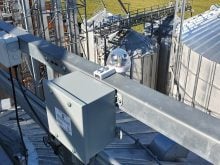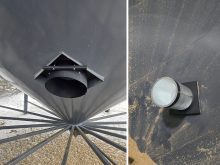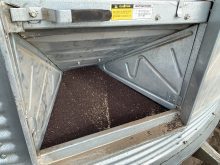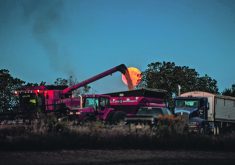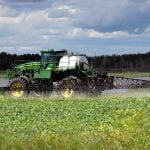Dave Wall’s phone starts ringing off the wall in August when farmers realize they’ll harvest more crop than their systems can handle and they want to add capacity and maybe a few upgrades at the same time.
Wall owns Wall Grain, one of the largest dealers of grain-handling and storage systems on the Prairies. He’s made a career of selling the concept of good planning ahead of selling steel. This explains why August and September are frustrating months for him.
“Even if I had all the components in our inventory, we could never get everything installed that farmers want installed that time of year. It all comes down to a lack of planning,” he says.
Read Also
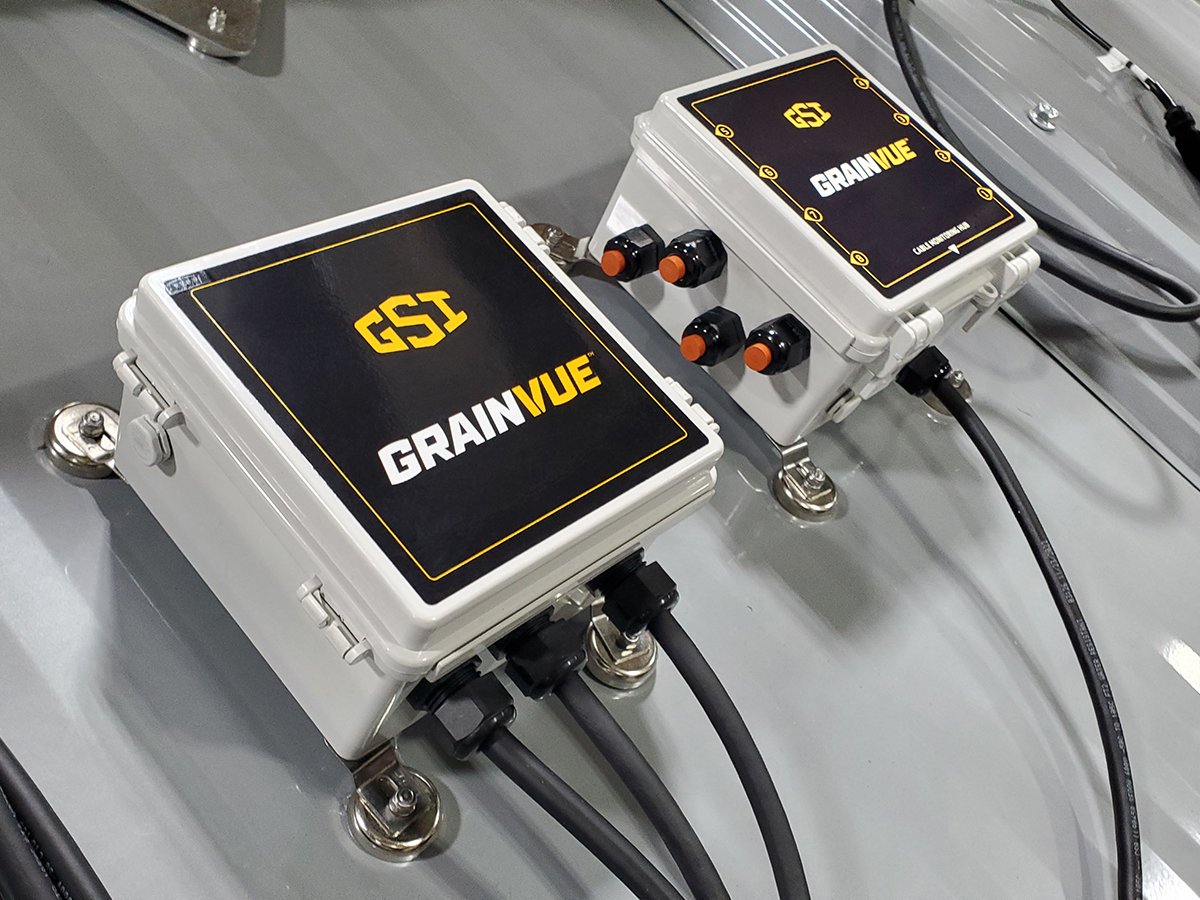
GSI’s GrainVue allows for remote grain bin monitoring
GSI’s GrainVue bin monitoring system allows producers to monitor grain conditions inside the bin and automate any drying, cooling or aerating that is needed to keep grain in peak condition.
“Farmers get it bassackwards so many times when it comes to planning their grain-handling systems. I’m sorry to say it, but they do get it wrong very often. It’s frustrating for us because then we have to go in there and try fixing a grain-handling system that was not planned properly. We’re bottlenecked before we even get through the gate.”
Wall says many growers invite him and his engineers to come out and make changes or additions to help an existing system. But they often have to go back to basic planning to rectify mistakes made 20 years ago.
He says one of the biggest challenges is working with a site that lacks three-phase power, and where it’s not going to be available in the near future. This forces the producer to invest in a genset or to start over at a new location.
“We were talking with farmers about all this stuff decades ago. You have to start with a site that has three-phase power, it’s high and dry and it’s on a hard-packed road so you can haul in and out all year round.
“If a farmer wants us to build a bin or two, somewhere, anywhere, sure we’ll do that. There’s value in that. The next buyer or the next renter of that property will thank you for that and pay you for that. But as soon as you want more than two bins, then we say, ‘no, stop, you need a plan for five or 10 years down the road. We don’t just go building a bunch of bins anywhere.’ ”
Wall says a well-planned site might be a considerable distance from the main farmyard, but it adds value to all the farmland around if it has three-phase power and good road access. History has shown that at retirement, these sites are easily rented and sold.
The other factor growers should consider is that each acre of land produces more crop today than it did 10 years ago and will likely see another big jump in volume in the next decade and beyond.
Although Wall is in the business of putting up steel and concrete, he is a big advocate of grain bags. Grain bags ease the immediate pressure during panic situations.
“The grain bag is the best Band-Aid we’ve ever seen. When those things came along, I said, ‘hallelujah’. My salesmen hated me for that. But I told them, ‘guys, we can’t build these legs and bins fast enough.’ We were so swamped that if we’d had 100 big bins in stock, we couldn’t build them. Grain bags gave us time and gave the farmer time to plan a proper system.”





